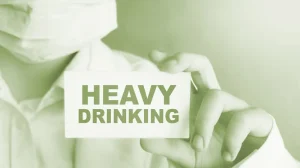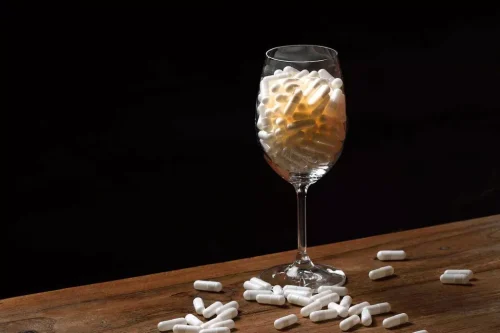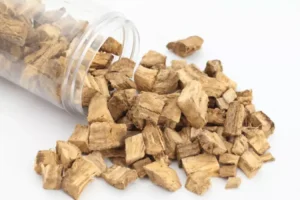We do not receive any commission or fee that is dependent upon which treatment provider a caller chooses. Addiction is a highly complex problem, and drug rehab in Massachusetts is often necessary to address it. These programs treat physical, mental, and relational issues that are involved. Treatment empowers individuals to manage these issues without the use of drugs.
Medford is a great community, and this is a great option to start your road to continued sobriety. Our Somerville home is a spacious two family, close by the MBTA with a great sober-family of residents. Living in one of our sober houses aids the sometimes difficult transition of reentering the community as a newly sober person. The Medford sober home is a large, spacious home, made even more warm and welcoming by the great people who live there. Located on a beautiful, quiet street with driveway and street parking available, this home has easy highway access andis just around the corner from several MBTA stops.
Useful Medford Links
- Reviews comments must comply with our Review Policy Content Standards.
- Studies confirm that the absence of a stable, alcohol and drug free living environment is a monumental obstacle to maintained sobriety for even the most motivated individuals (see the latest study here).
- In individual therapy, a patient meets one-on-one with a trained psychologist or counselor.
- We do not receive any commission or fee that is dependent upon which treatment provider a visitor ultimately selects.
Group therapy involves treatment as well as processing interaction between group members. Living in one of their sober houses aids the sometimes difficult transition of reentering the community as newly sober person. Located on a beautiful, quiet street with ample parking, it has easy access to both highway and MBTA.
Calls to our helpline (all non-facility specific 1-8XX numbers) will be answered by Treatment Addiction Solutions, or one of our verified local treatment partners. An individual may come into an Oxford House following a 28-day rehabilitation program or at least a 5 to 10-day detoxification program. Tufts UniversityA moderately sized university that focuses on research and liberal arts, the school prides itself onproviding students with a personal experience.
Individual Therapy
Sober Living Houses (SLHs), aka sober homes or halfway houses, are safe, substance-free, supportive living facilities for those recovering from substance abuse. Ideal for those who’ve just been through inpatient or outpatient treatment, SLHs are supervised environments with rules that support sobriety, such as curfews, shared chores, and therapeutic meetings. Residents are also often trained on life skills and coping skills to make it easier to transition into society. SLHs also provide a strong sense of community that can lead to the kind of deep and lasting connections with other sober individuals that supports a new, healthy lifestyle.
Somerville Sober Living
Some offer both, and tailor treatment to the patient’s individual requirements. 12-step programs are addiction recovery models based on Alcoholics Review Vanderburgh House Anonymous (AA). A number of substance abuse programs (including some drug and alcohol rehab centers) use the 12 steps as a basis for treatment. Beginning steps involve admitting powerlessness over the addiction and creating a spiritual basis for recovery. Middle steps including making direct amends to those who’ve been hurt by the addiction, and the final step is to assist others in addiction recovery in the same way.
Located on the Mystic River itis the one ofthe oldest settlements in the state and the fourth oldest in the country. The popular song “Jingle Bells” was written by Medford resident James Pierpont in 1850, inspired by the annual one-horse open-sleigh races on Salem and Pleasant Streets between Medford Square and Malden Square. Today itis a modern city bosting all the conveniences of a modern municipality and is home to Tufts University. Sharing your insights and experiences can help others learn more about this rehab center. Just two miles north of Boston Somerville was named the best-run city in Massachusetts by the Boston Globe in2006. This was partially dueto innovation and efficiency for their 311 customer service helpline and a data-driven style of managing government services they call SomerStat.
With two great Vanderburgh House locations, Lowell is an amazing place to call home-base for your sober journey. Our homes in Lowell are comfortable and convenient, and provide a supportive, sober-focused family community. Vanderburgh House is a sober home only and we do not provide addiction services or addiction treatment of any kind.





























